
Captain Matthew Webb was an English seaman, swimmer and stuntman. He is the first recorded person to swim the English Channel for sport without the use of artificial aids. In 1875, Webb swam from Dover to Calais in less than 22 hours. This made him a celebrity, and he performed many stunts in public. He died trying to swim the Niagara Gorge below Niagara Falls, a feat declared impossible.

Gertrude Caroline Ederle was an American competition swimmer, Olympic champion, and world record-holder in five events. On August 6, 1926, she became the first woman to swim across the English Channel. Among other nicknames, the press sometimes called her "Queen of the Waves".
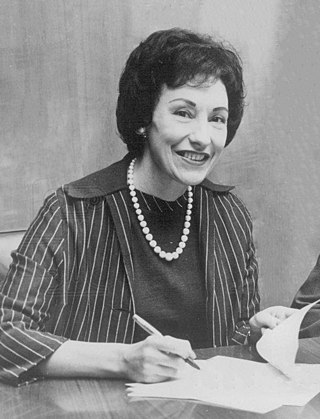
Florence May Chadwick was an American swimmer known for long-distance open water swimming. She was the first woman to swim across the English Channel in both directions, setting a time record each time. She was also the first woman to swim the Catalina Channel, the Straits of Gibraltar, the Bosporus, and the Dardanelles.
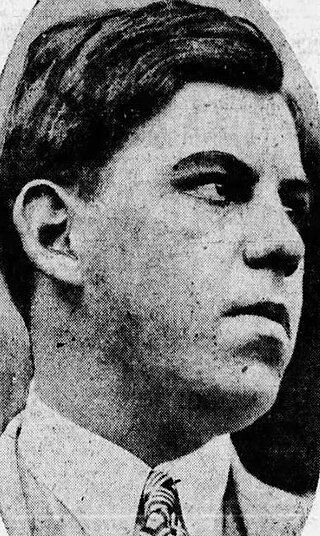
George Young was a Canadian marathon swimmer who, on 15–16 January 1927, became the first person to swim the 22 mile channel between Catalina Island and the mainland of California. Though familiar to the Toronto swimming community, Young was only seventeen and a relative unknown in America, lacking the national recognition of a number of his competitors. Around three thousand spectators on Catalina Island watched the race begin. Young's 22 mile swim began with the sound of a starter's pistol on the Northeastern edge of Catalina Island at the narrow point of the Harbor at Isthmus Cove at 11:21 AM on Saturday, January 15, 1927, and ended the next morning after 15 hours 44 minutes at 3:06 AM on the rocky shores of Point Vicente Lighthouse, in Rancho Palos Verdes, South of downtown Los Angeles.
Edward Harry Temme was an English swimmer and insurance clerk.

Ethel "Sunny" Lowry MBE was credited with becoming the first British woman to swim the English Channel in 1933..
Marathon swimming is a class of open water swimming defined by long distances, at least 10 kilometers (6.21 mi). Unlike marathon foot-races which have a specifically defined distance, marathon swims vary in distance. However, one commonly used minimum definition is 10 kilometers, the distance of the marathon swimming event at the Olympic Games.
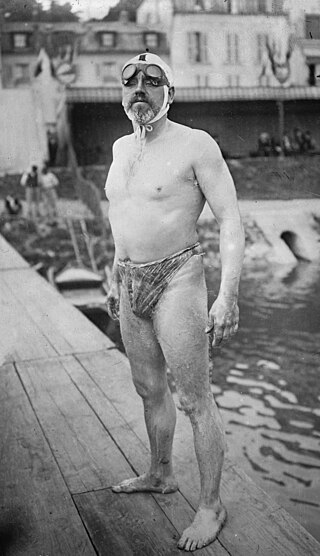
Thomas William Burgess was the second person to successfully complete a swim of the English Channel after Matthew Webb. He performed the feat on 6 September 1911, on his 16th attempt. British by nationality, Burgess spent most of his life in France, and won a bronze medal with the French water polo team at the 1900 Olympics.
Jacob Abraham "Jabez" "Jappy" Wolffe was a Scottish long distance swimmer and author of swimming books that attempted to swim the English Channel from 1906 to 1914, coming nearest in September of 1919 in an attempt of 14 hours 55 minutes, from Shakespeare Cliff, Dover, England "to within a quarter of a mile of the French coast", one of 22 failed attempts at this long distance swim. He is also know for the differing historical accounts of his role as a trainer in the first, failed attempt of Gertrude Ederle to swim the channel.

Rose Pitonof Weene was a marathon swimmer from Dorchester, Massachusetts.
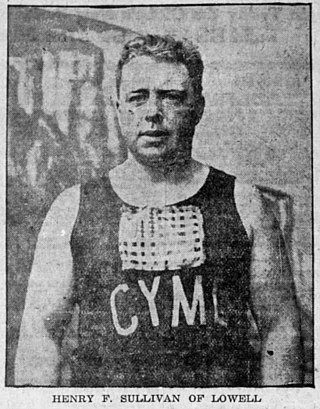
Henry Francis Sullivan was an American marathon swimmer who is best known for becoming the third person and the first American to swim across the English Channel, beginning his swim on the afternoon of August 5, 1923, from Dover, England, and finishing 26 hours and 50 minutes later on the evening of August 6 at Calais, France.

Amelia "Mille" Gade Corson was a Danish-born American long-distance swimmer who is best known as becoming the seventh person, third American and second woman to successfully swim across the English Channel. Earlier, Corson had completed the swim around Manhattan Island, a distance of 42 miles, and had also completed the swim from Albany, New York, to New York City, swimming the distance in a total of 5 days, 3 hours and 11.5 minutes. The straight-line distance between the two points is 143 miles, but Corson swam an extra 10 miles due to various detours.
Chloë McCardel is an open water swimmer and swim coach from Melbourne, Australia.
Michelle Davidson, is a U.S. Masters Swimmer and a long distance, open water swimmer. She is one of only 84 swimmers in the world who have ever accomplished the Triple Crown of Open Water Swimming, which includes crossing the English Channel and Catalina Channel, and circumnavigating Manhattan Island.

Agnes Alice Beckwith was an English swimmer.
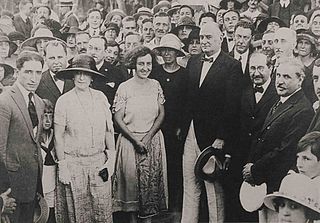
Lilian Gemma Harrison was an Argentine marathon swimmer, the first person to swim across the River Plate, the widest river in the world, on December 22, 1923; and a holder of the world record of endurance in the water. She was a pioneer of swimming in South America.
Charles "Charlie the Tuna" Chapman is an American distance swimmer specializing in the butterfly stroke, who in 1981 became the first Black swimmer to successfully cross the English channel, and in 1988 set a record for swimming twice around New York's Manhattan Harbor, a 28.5 mile marathon. In 1997, he became the first person to swim twice around Alcatraz Island, departing from San Francisco.

Stella Taylor was an American long-distance swimmer born in Bristol, England, best known for crossing the English Channel twice and holding Guinness Book of Records recognition as the oldest woman to swim across the Channel. She made her first English channel crossing in August 1973 in 15:25, from England to France, when she was around the age of 43, repeating the swim in 1975 in 18:15 at the age of 45.

Edmund Caunce Nowell 'Ted' Heaton was a British diver and swimming instructor born in Liverpool, England. He is notable for his small tank diving displays during the late 19th century and for his several unsuccessful attempts to swim the English Channel during the early 20th century. Having begun training to swim the channel in 1893, he made a total of seven attempts. He often came within several miles of the French coast, with the closest being in August 1909 when he came within 2 miles (3.2 km). His swimming efforts earned him a role as a superintendent of his local swimming baths and a salary of £120 a year which also included accommodation and energy provision.












